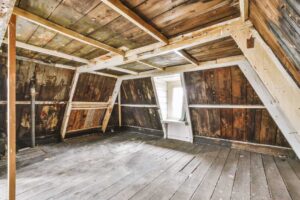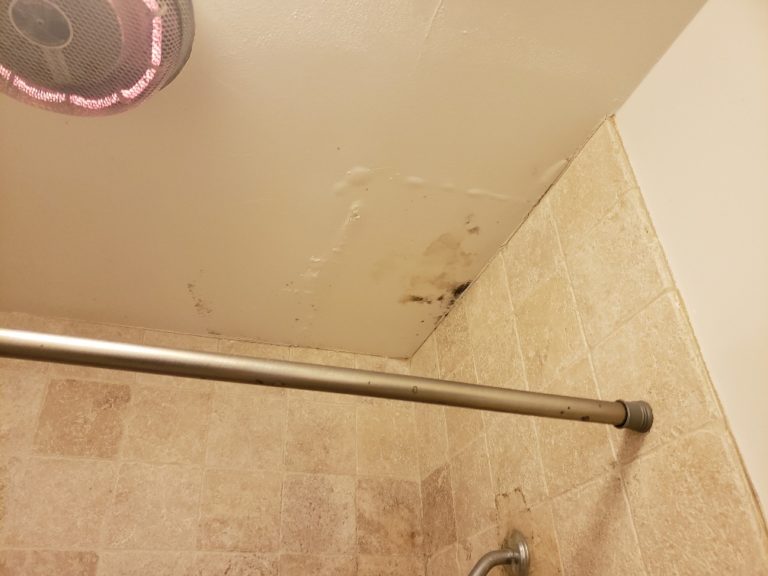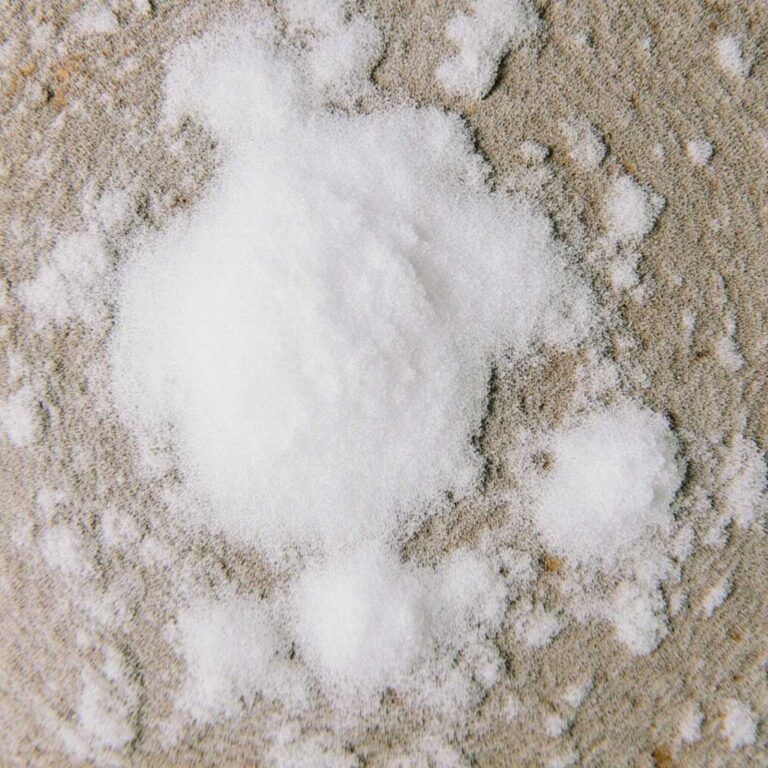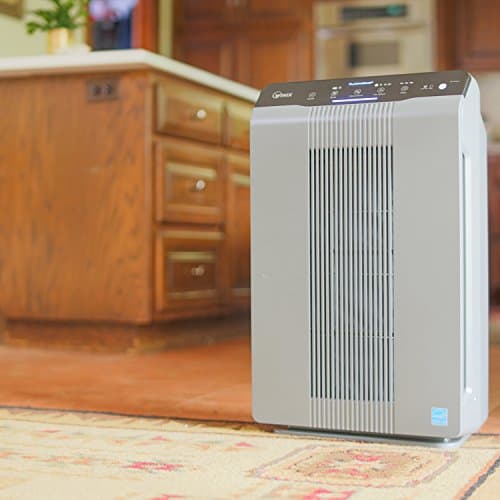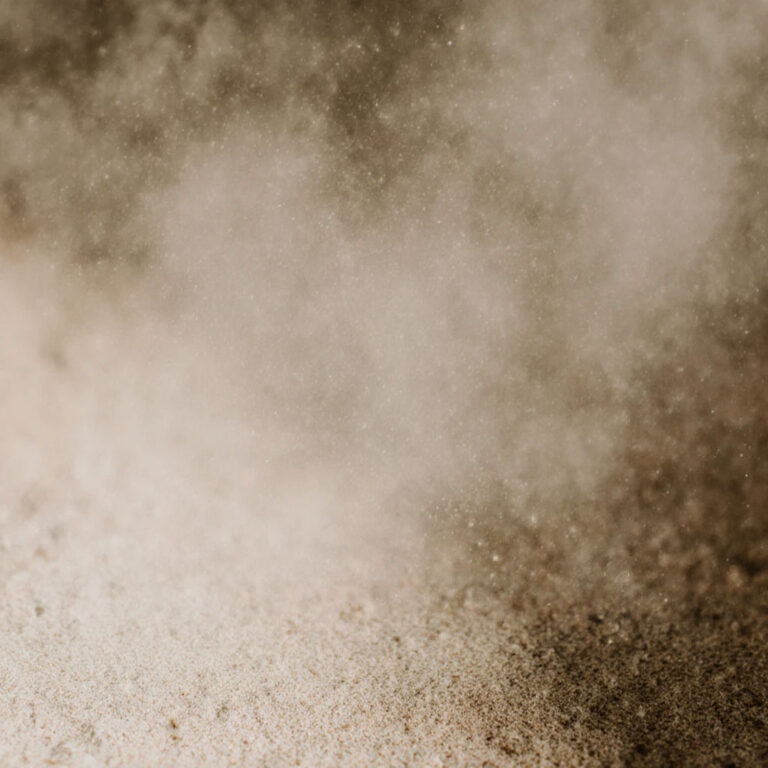It’s one of those rare occasions that require you to make the trip to your attic. It’s been so long, and you’re looking for that box of holiday decorations, or maybe you need to find some old family photos.
As you make your way through the dimly lit space, you notice a musty smell that seems to grow stronger the further you venture. When you finally locate the items you were searching for, you can’t help but notice the insulation around you appears discolored and damp.
Could that be mold?
Yes, we definitely can’t rule it out. Mold can indeed grow on various types of insulation. In this article, we’ll dive into the specifics of how mold interacts with different insulation materials and provide practical tips for keeping your home mold-free.
Can Mold Grow on Insulation?
Yes, mold can grow on insulation. Like any other building material, insulation can harbor mold under the right conditions. This is particularly true for insulation materials that are organic or absorbent in nature.
Since insulation is usually located in dark, damp, and enclosed spaces, it can provide an ideal environment for mold growth if moisture is present. Common places you can find mold on insulation include attics, basements, and crawl spaces.
Furthermore, some types of insulation can trap dust and other organic materials, which can serve as additional food sources for mold.
Why Is There Mold on My Insulation?
The root cause of mold on insulation is almost always excess moisture. This moisture can originate from various sources, including:
- Roof Leaks: Damaged roofing can allow rainwater to seep into the attic and penetrate your insulation. This creates a damp environment perfect for mold growth.
- Poor Ventilation: Inadequate airflow can lead to condensation, particularly in attics, basements, and crawl spaces. When warm, moist air comes into contact with cooler surfaces, condensation can form and create ideal conditions for mold.
- Plumbing Leaks: Leaking pipes can introduce water into wall cavities and insulation. When these plumbing leaks go undetected, they can cause significant moisture buildup within walls, promoting mold growth.
- Flooding: Past or present flooding can saturate insulation with water, leading to mold growth. Floodwater can penetrate deeply into building materials, including insulation, and may not fully dry out without proper intervention.
What Types of Insulation Can Grow Mold?
Mold can grow on most types of insulation if the conditions are right. The common types of insulation susceptible to mold include:
Fiberglass Insulation
Fiberglass insulation is made from fine glass fibers. It can absorb moisture, providing a breeding ground for mold. Although fiberglass itself is not organic, it can trap dust and organic debris, which mold can feed on.
Cellulose Insulation
Cellulose insulation is organic and made from recycled paper products treated with fire retardants. If it becomes wet, it can support mold growth, and its paper content makes it particularly vulnerable to mold when exposed to moisture.
Foam Insulation
While less prone to mold than fiberglass or cellulose, foam insulation can still harbor mold on its surface if moisture is present. Certain types of open-cell foam are more susceptible to moisture absorption than closed-cell foam.
Mineral Wool Insulation
Mineral wool is made from natural or synthetic minerals and can also support mold growth if it becomes damp. Although it is more resistant to mold than cellulose, prolonged exposure to moisture can still lead to mold issues.
What Type of Insulation Is Most Prone to Mold?
Cellulose insulation is the most prone to mold growth due to its organic nature. It can absorb moisture and provide a suitable environment for mold if it gets wet. This type of insulation holds moisture for extended periods, creating an ideal environment for mold to thrive. The paper fibers can remain damp, allowing mold to colonize and spread rapidly.
What Insulation Does Not Get Moldy?
While no insulation is entirely mold-proof, some types are more resistant to mold growth than others. Let’s take a look at a few.
- Closed-Cell Spray Foam Insulation: This type of foam is dense and does not absorb water, making it highly resistant to mold growth. Its closed-cell structure creates a strong barrier against moisture intrusion.
- Rigid Foam Insulation: Made from polystyrene or polyurethane, rigid foam boards are resistant to moisture and mold growth. Their non-porous surface prevents water absorption, reducing the risk of mold development.
- Foil-Faced Insulation: The foil facing acts as a moisture barrier, reducing the risk of mold growth. Foil-faced insulation is often used in attics and basements to reflect heat and control moisture levels.
What are the Effects of Mold Growth on Insulation?
Mold growth on insulation has several detrimental effects:
Health Risks
Mold spores can cause respiratory issues, allergic reactions, and other health problems. These spores are particularly risky for individuals with mold sensitivities or compromised immune systems. What’s more, prolonged exposure to mold can lead to chronic respiratory conditions, skin irritation, and other health issues.
Reduced Insulation Efficiency
Mold can deteriorate the insulating properties of the material, reducing its effectiveness in regulating temperatures. Mold-infested insulation loses its ability to trap air effectively, leading to decreased thermal performance and higher energy costs.
Structural Damage
Mold growth can weaken the structural integrity of the insulation and surrounding materials, leading to costly repairs. As mold breaks down insulation and adjacent materials, it can compromise your building’s stability.
Unpleasant Odors
Mold can produce musty odors that permeate your living space, making your safe haven feel uncomfortable. To make matters worse, these odors can be persistent and difficult to eliminate if you don’t address the underlying mold problem.
Remedies for Mold on Insulation
If you discover mold on your insulation, here’s what you should do:
- Identify and Fix Moisture Sources: Inspect the affected area to uncover the moisture problem that’s causing mold growth in the first place. Repair leaks, improve ventilation, and control humidity levels to prevent future mold growth.
- Remove Moldy Insulation: Safely remove and dispose of moldy insulation. Use protective gear to avoid exposure to mold spores. Sealing moldy materials in plastic bags before disposal will prevent spores from spreading.
- Clean and Disinfect: Clean the affected area thoroughly with mold-killing solutions. Ensure you get rid of all mold residues. If possible, use HEPA vacuum cleaners to remove mold spores from surfaces and the air.
- Install Mold-Resistant Insulation: Replace the old insulation with mold-resistant insulation materials like closed-cell spray foam or rigid foam boards. These materials provide better protection against future mold growth.
- Monitor and Maintain: Regularly inspect the insulation for signs of mold and address any moisture issues promptly to prevent recurrence. Use dehumidifiers and proper ventilation to maintain ideal humidity levels.
FAQs
What is The Best Insulation to Prevent Mold?
Closed-cell spray foam insulation is the best insulation It provides a superior moisture barrier, preventing water from penetrating the material and creating a hospitable environment for mold.
What Kills Mold on Insulation?
Unfortunately, there is no safe and effective way to kill mold on insulation. The best approach is to remove the affected insulation and replace it with new material. This approach prevents the risk of residual mold spores causing future infestations.
Final Thoughts
Mold growth on insulation is a common issue that can compromise your health and the structural integrity of your home if left to linger. The types of insulation you want to avoid include cellulose, fiberglass, foam, and mineral wool insulation.
Instead, go for more mold-resistant materials like rigid foam insulation, foil-faced insulation, or closed-cell spray foam insulation. Additionally, follow the mold remediation strategies mentioned in this article to protect your home and its occupants from the harmful effects of mold.








